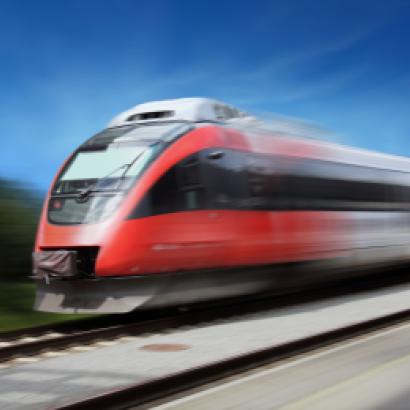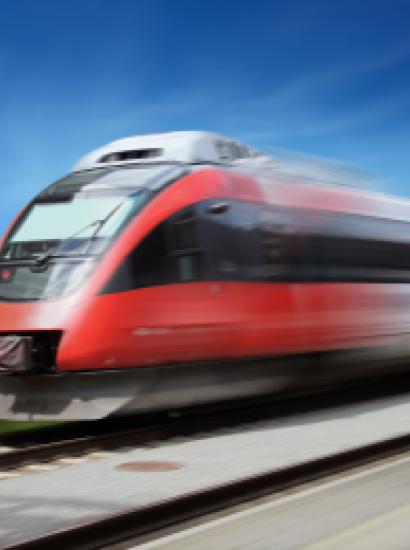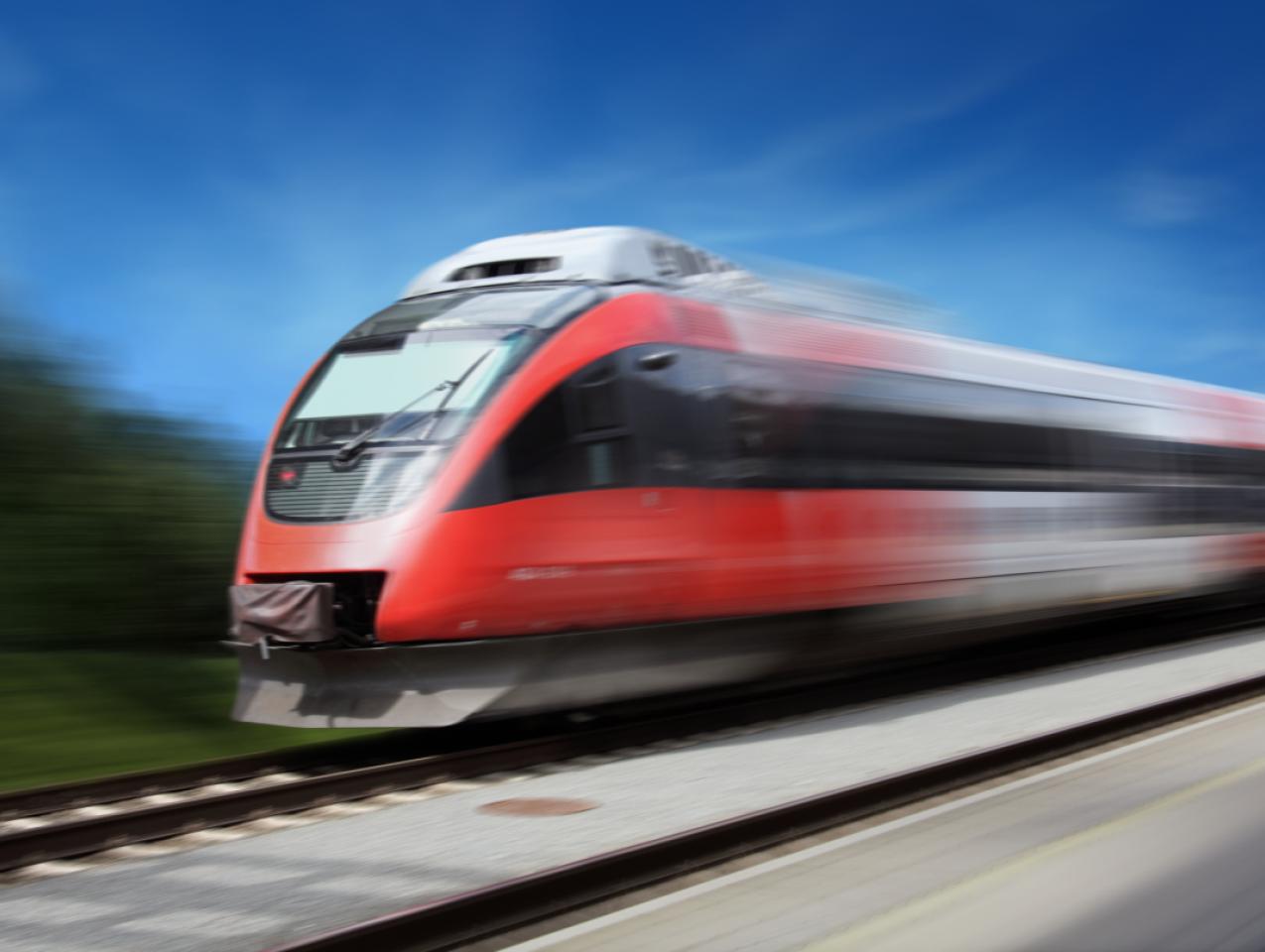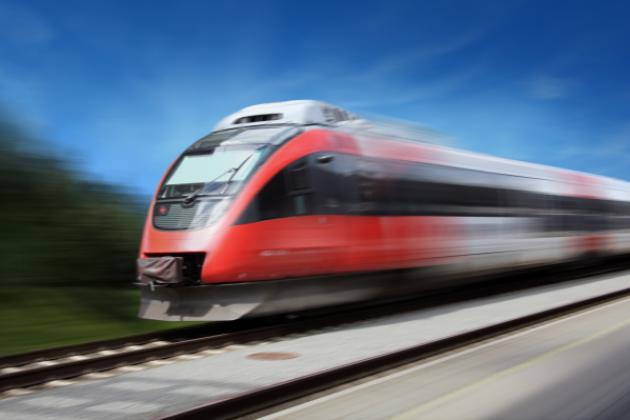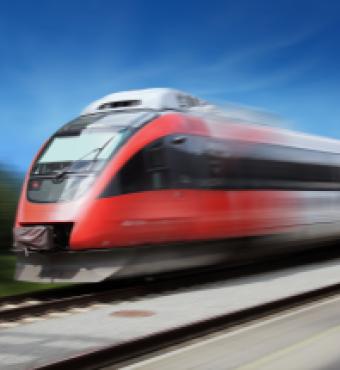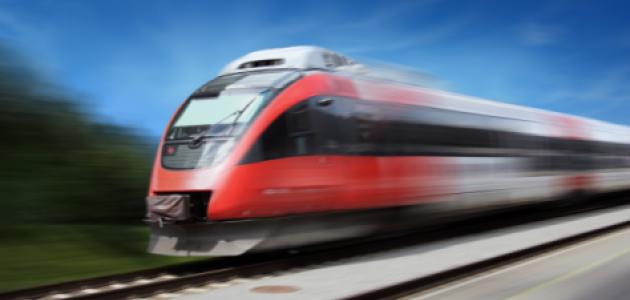With California’s population expected to reach 50 million by 2050, incremental improvements will not be enough to sufficiently expand mobility. Smart solutions are needed—innovative approaches to mobility that combine new technologies with nontraditional tools to address transportation challenges that are becoming increasingly complex.
California’s size and the particular characteristics of each city and region make it difficult to create a one-size-fits-all mobility solution. Sacramento’s challenges are quite different from those of San Diego, and the issues in the Central Valley are not the same as in the Bay Area.
However, state planners can create large-scale systems, such as high-speed rail, to connect major urban areas, while regional and local jurisdictions can create mobility solutions that connect with one another and with statewide systems. A coordinated effort is critical, because mobility challenges are not isolated problems to be solved locally but are part of a bigger mobility strategy for the state that is America’s most populous and its third-largest in physical size.
As Californians, we must embrace innovation and opportunity; simply widening freeways for single-occupancy cars is no longer a viable approach. In addition, it’s apparent that applying a single strategy to the distinct mobility needs of every municipality or region is not feasible.
Let’s take the San Francisco Bay Area, for example.
The Bay Area Rapid Transit (BART) rail system has been in place for over 40 years. However, BART has not yet effectively connected the three main urban areas of Oakland, San Jose, and San Francisco because of service gaps.
At present, a 16-mile extension of the rail system is under way, adding six stations that will bring BART all the way south to Silicon Valley. Some experts say that, with this project reducing traffic congestion, it will also eliminate approximately 16 thousand tons of greenhouse gases in a year. Other, critical, benefits include connectivity to existing transit systems; improved transit hubs to accommodate rail, bus, bicycle, and pedestrian travel; and increased access to jobs, housing, and education for those who will reside in the transit-oriented communities constructed as part of this project.
Caltrain, a commuter rail service traveling up the San Francisco Peninsula from San Jose, carried an average weekday ridership of 65,095 in 2018. Its busiest northbound trains are filled up to 130 percent of seated capacity during the morning commute. In the afternoon southbound commute, back through the heart of Silicon Valley, the busiest trains are up to 140% of seated capacity.
To help address its growing ridership, Caltrain has begun a $1.9 billion modernization program that will add a positive train control system—designed to automatically stop a train to prevent accidents—and electrify this main line. Electrification will deliver faster service and acceleration, along with shorter headways, while reducing air pollution and noise. Further, the new engines will be suitable for use in the planned rail tunnel into San Francisco’s new Transbay Transit Center.
In another strategy, some cities around the world (including New York City) are investigating the idea of “congestion pricing,” a system in which drivers are charged a fee to enter particular areas, typically urban centers, during times of highest use. This system also may be applied to highways that experience high congestion during commute hours.
To avoid the highest fees, many drivers are motivated to travel into these zones during less-congested hours. This helps reduce air pollution from idling engines as it raises revenue for transportation systems. Many of the cities considering this option are noting the congestion-pricing success in London, Singapore, and Stockholm.
For example, within its congestion pricing zone, London saw a 20 percent reduction in vehicles subject to the charge and, according to Policynote, trips by transit increased from 29 percent in 2002 to 37 percent in 2015. This was due in part to London’s using the revenue to improve transit.
Stockholm saw similar success. Its traffic volumes in the congestion-pricing zones dropped approximately 25 percent. These represented work trips that were changed to transit, plus fewer discretionary trips.
Singapore, which uses a system of in-vehicle smart cards from which charges are deducted, also saw reductions in traffic. Like London and Stockholm, it invested in improved transit systems.
Based on these proven successes, it is entirely feasible that California could implement congestion pricing to alleviate crowding on highways and other traffic arteries and to lessen impacts in the urban centers.
However, a few localities are more cautionary.
Los Angeles County supervisor Hilda L. Solis says that these types of revenue models often overlook low-income and immigrant communities and communities of color, whose members typically spend a greater portion of their income on transportation.
Residents in Seattle, for example, worry that with congestion pricing a poor household could pay up to 15 percent of its income on tolls (or so a University of Washington study concluded). Therefore, it’s imperative that these revenues be invested in transit improvements, as they have been in London, Stockholm, and Singapore. Otherwise, vulnerable populations will have few, if any, reasonable alternatives.
High-speed rail (HSR) is another solution that has proven to be exceedingly popular in many nations, from Japan to Uzbekistan and beyond. Such infrastructure investment has led to increased economic growth, improved quality of life, and decreased greenhouse-gas (GHG) emissions.
In California, statistics reveal that the state is achieving its overall GHG reductions but that the transportation sector is lagging. High-speed rail, with all of the connecting transit improvements, can help change that. There’s no question that connecting the state’s major population centers with a clean, sustainable travel mode is a good idea that will produce major benefits for the state.
Feeder lines—including local rail, buses, and other modes—would provide service from outlying areas to the HSR stations. While some argue that HSR has never proven to be profitable except for a few routes, the same could be said for interstate highways. And yet these are a prime source of travel for nearly all Americans. In situations such as this, we must consider the overall benefits to California residents in terms of speed, mobility, air quality, and other advantages.
Others claim that California can more economically expand roads and airports. Is that true? Actually, providing the same capacity as high-speed rail from San Francisco to Los Angeles would require 4,300 new highway lane miles, 115 additional airport gates, and four new airport runways, together costing more than $158 billion with a 50-year maintenance cost of more than $132.8 billion.
But what about that “first mile/last mile” issue—getting commuters to and from public transportation, and encouraging drivers to give up their cars? If someone must drive their car to reach a transit station, they may be motivated to pass by the station and keep going.
This is where personal mobility devices (PMD) and on-demand transportation come into play. PMDs include electric scooters and skateboards, Segways, shared bicycles, gasoline-powered scooters, electric bicycles, motorbikes, and the like. PMDs are becoming especially popular; as rental devices they can be picked up and parked almost anywhere, making them ideal for short trips or for that first and last mile.
For those who are not as comfortable with active modes of transport, on-demand transportation services, such as Lyft and Uber, provide a mobility alternative. In addition to easing the first and last mile challenge, on-demand shared transportation services (such as shuttle vans) are used by some transit agencies to provide service to destinations along a route that could not be realistically served by buses, light rail, and other high-volume modes.
Transportation is changing at an astonishing pace, and dramatic innovations in transportation technology and shared mobility are converging at every intersection. California must parse the most pressing issues, simplify the complex debates, and implement long-term practical solutions, because it is not an overstatement to say that transportation of people and goods is the linchpin of our economy.
Where human beings are concerned, the difference between having and lacking mobility is no less than the difference between having and lacking opportunity. California must create a safer, more reliable, and more resilient surface-transportation system that improves equity through increased access to jobs, housing, services, and other opportunities for Californians.
It’s the right thing to do.








